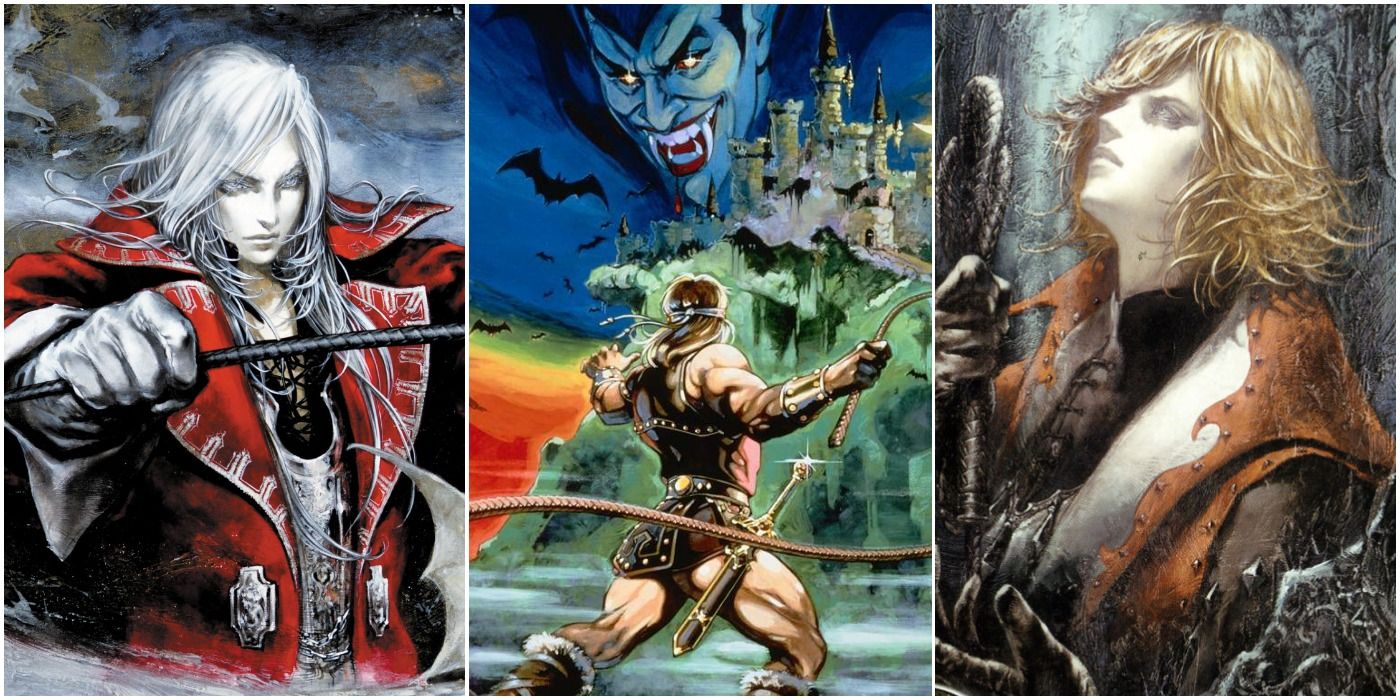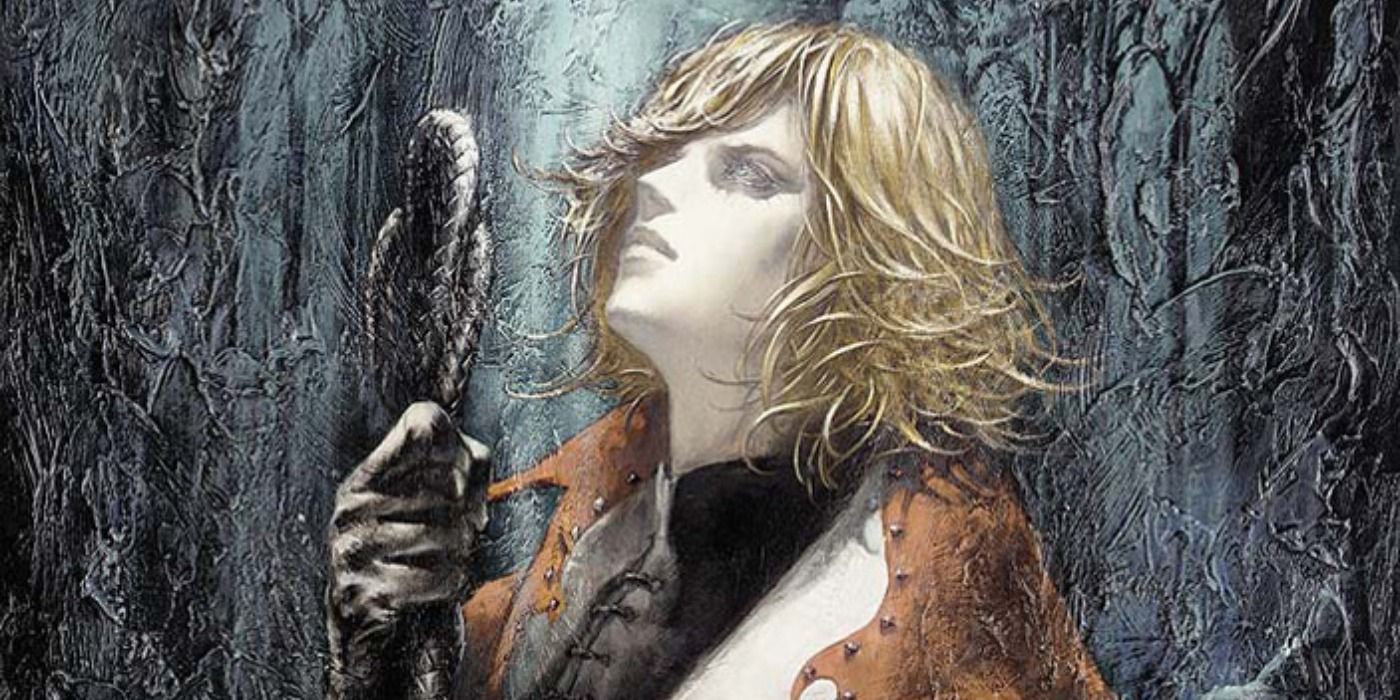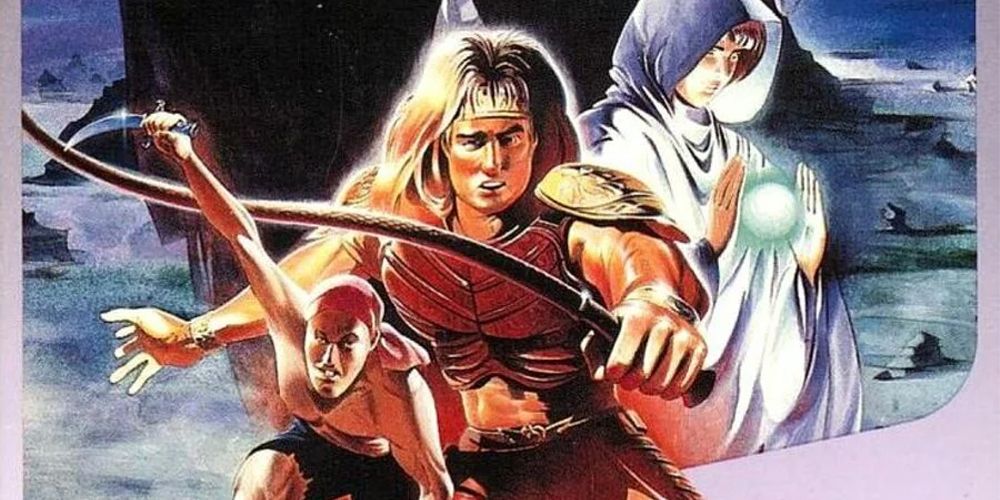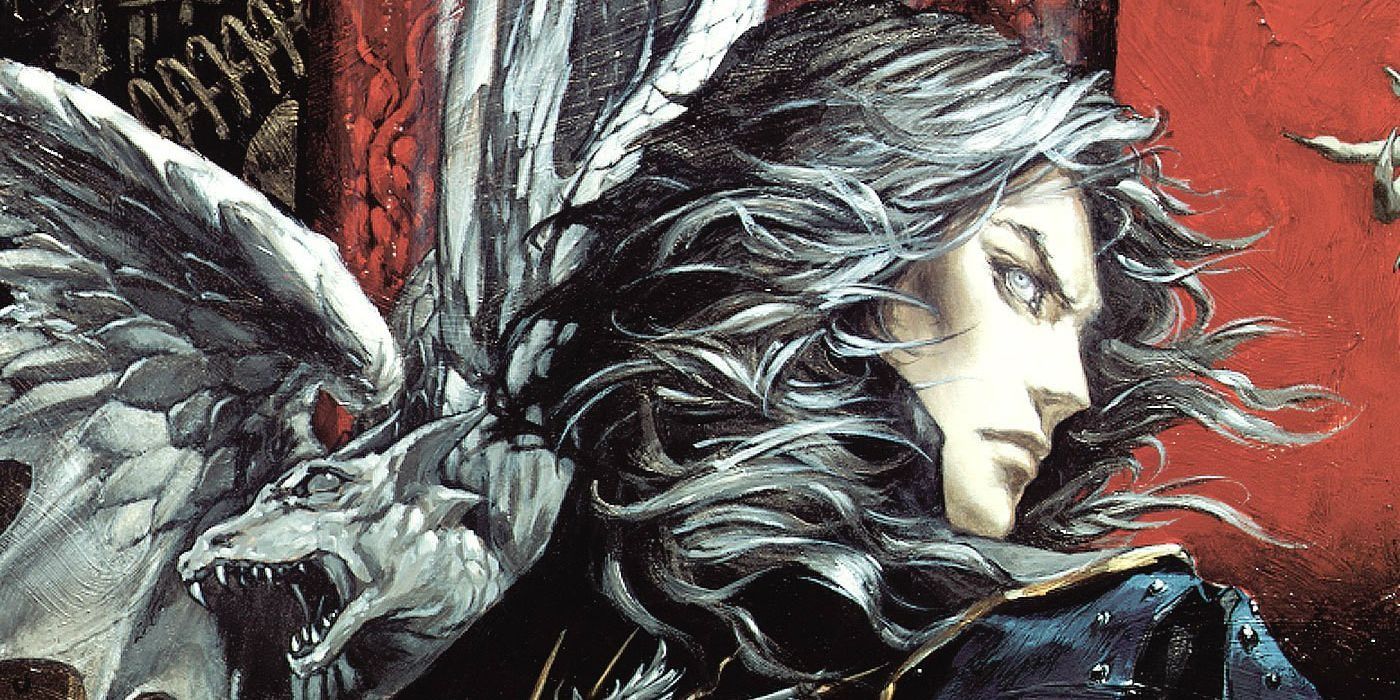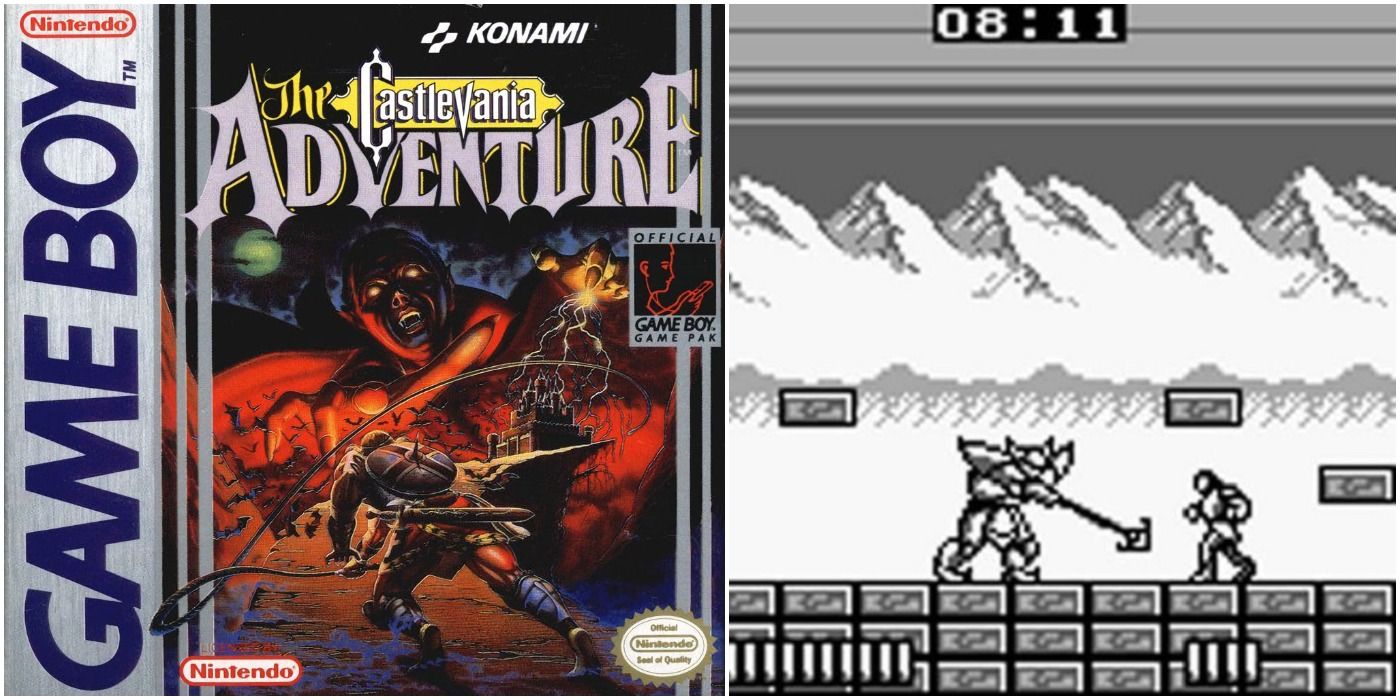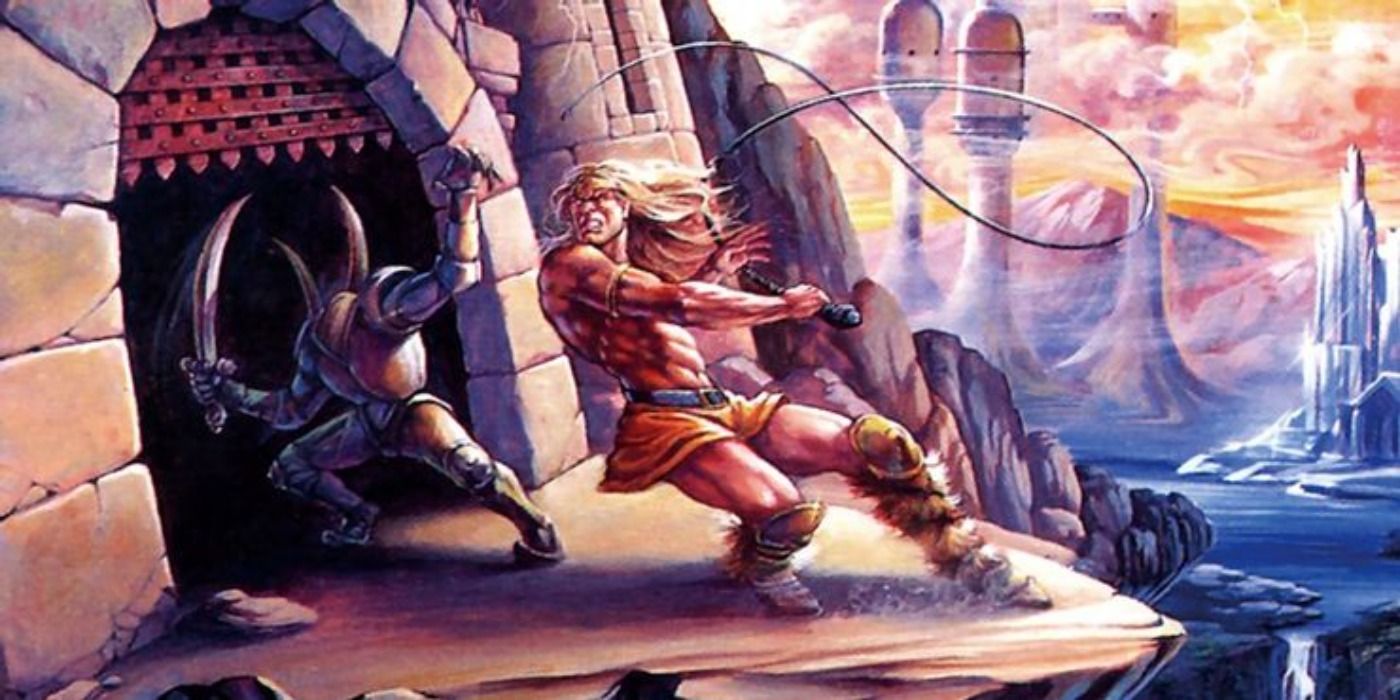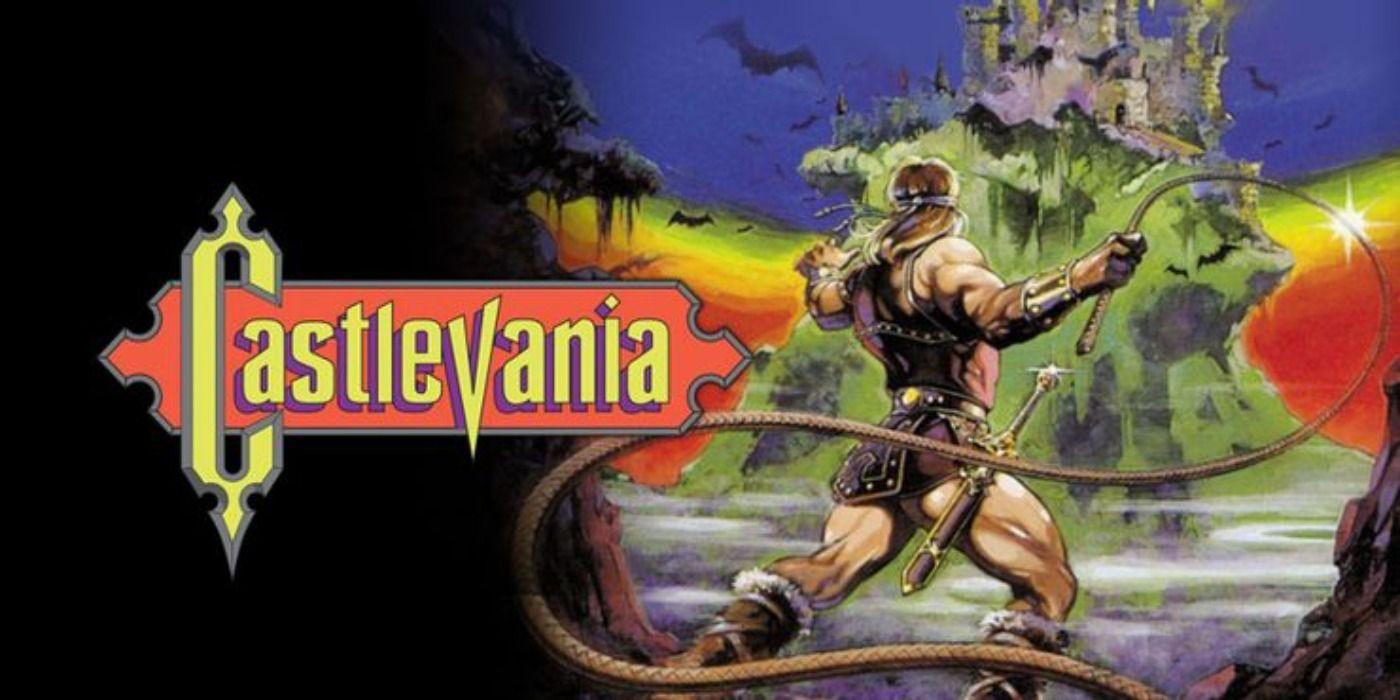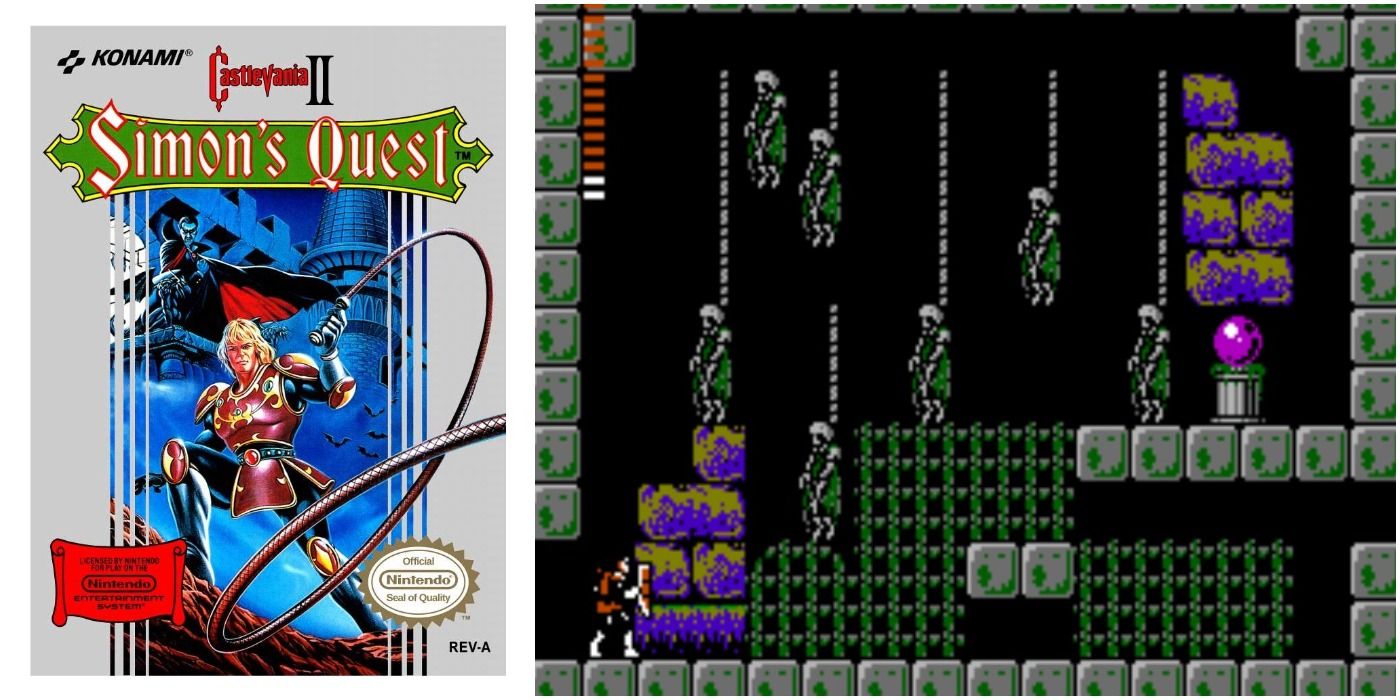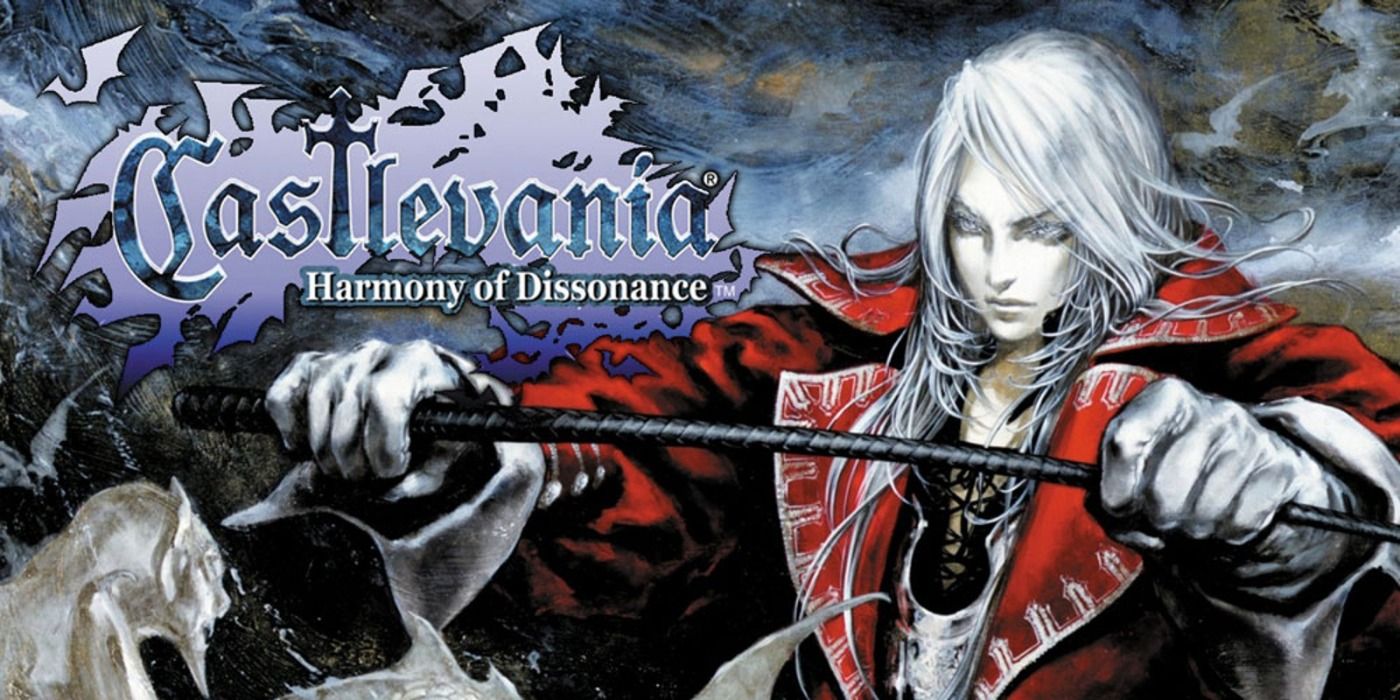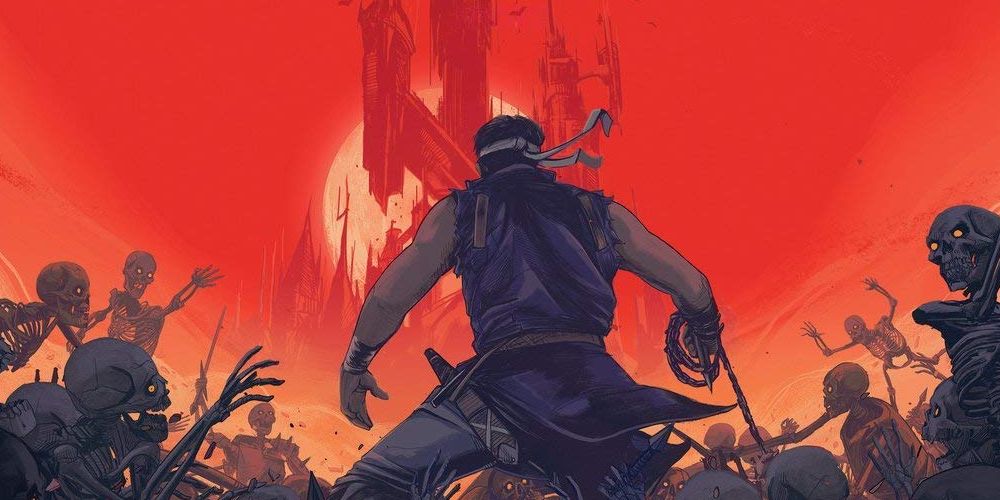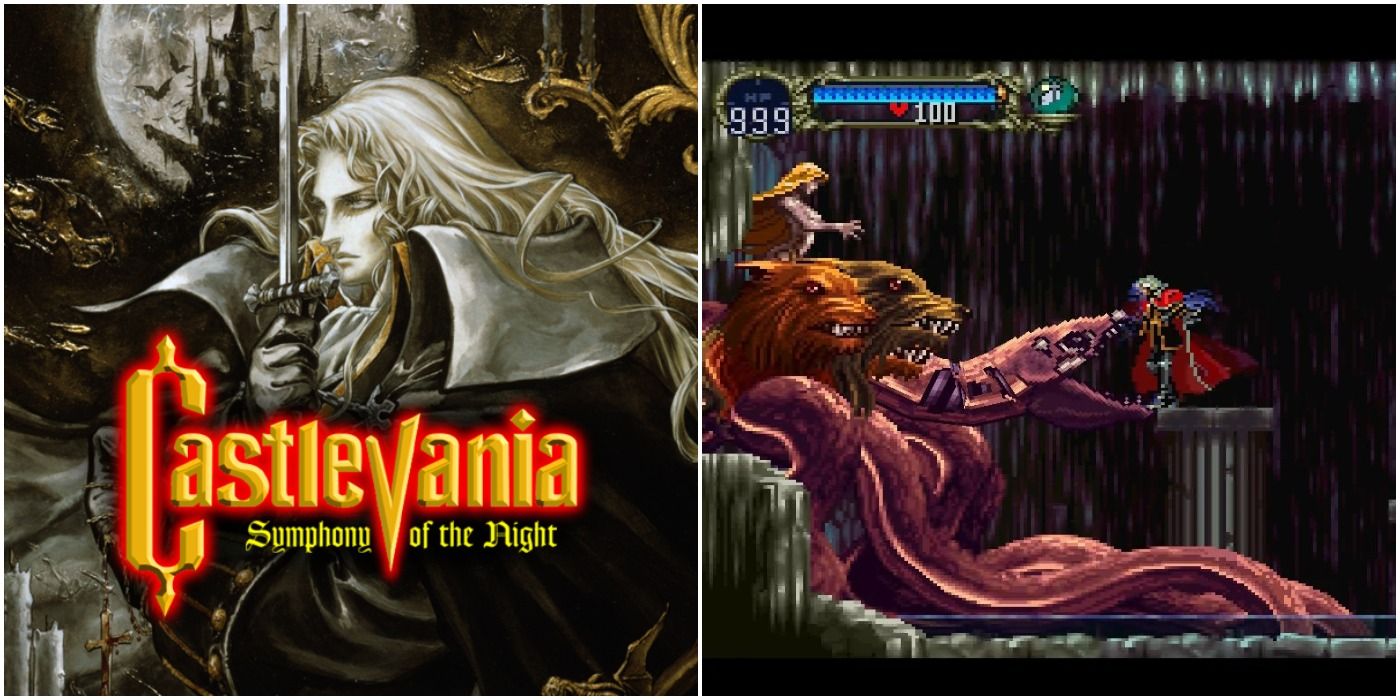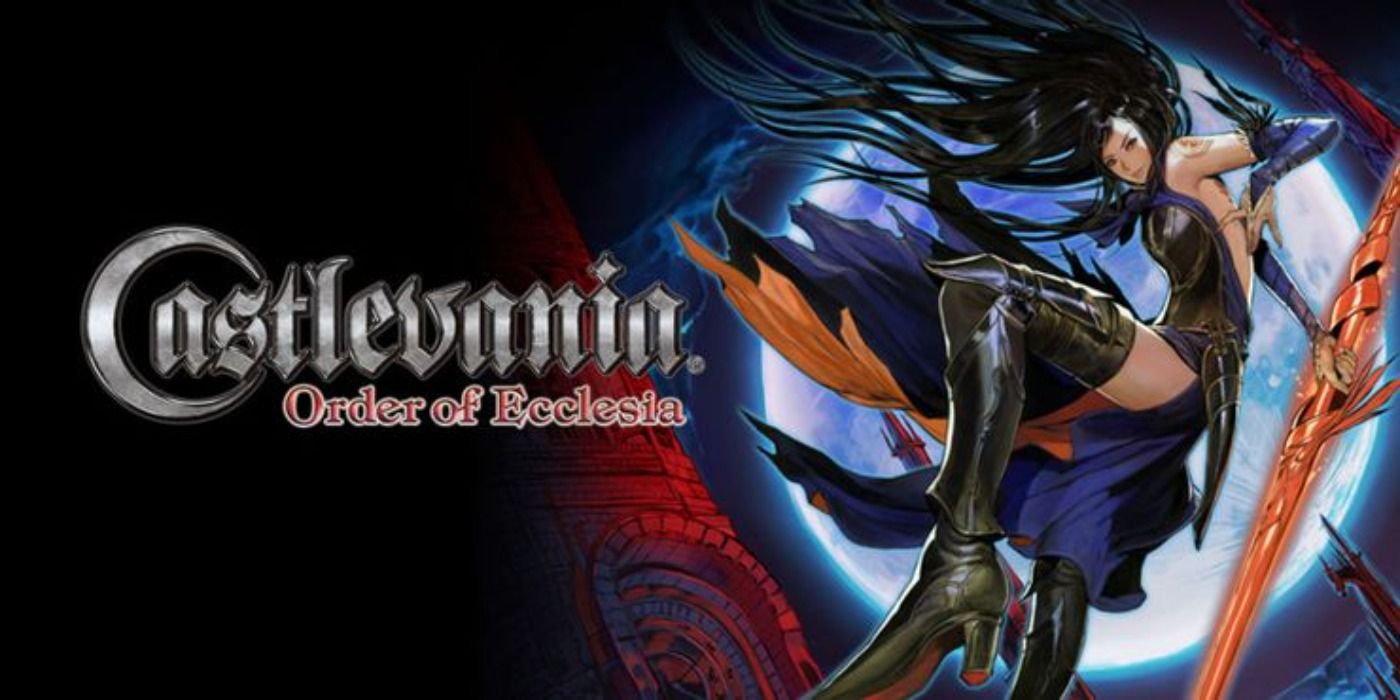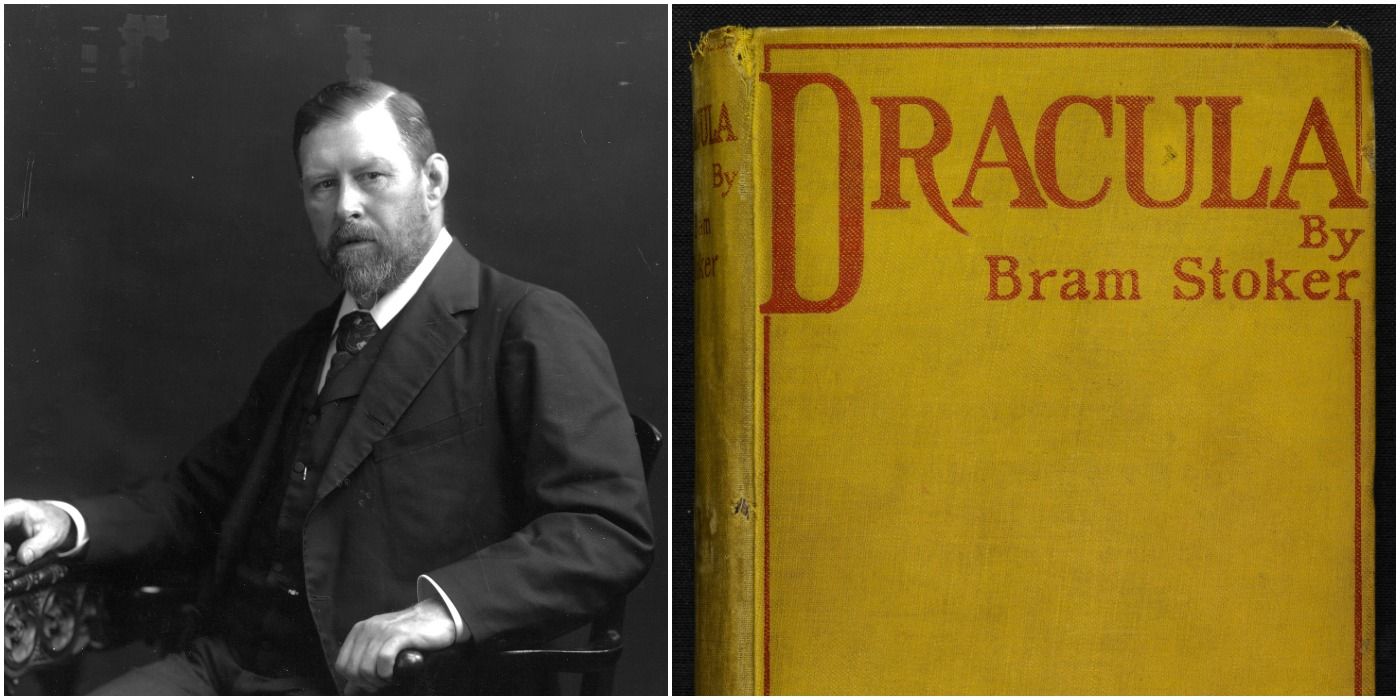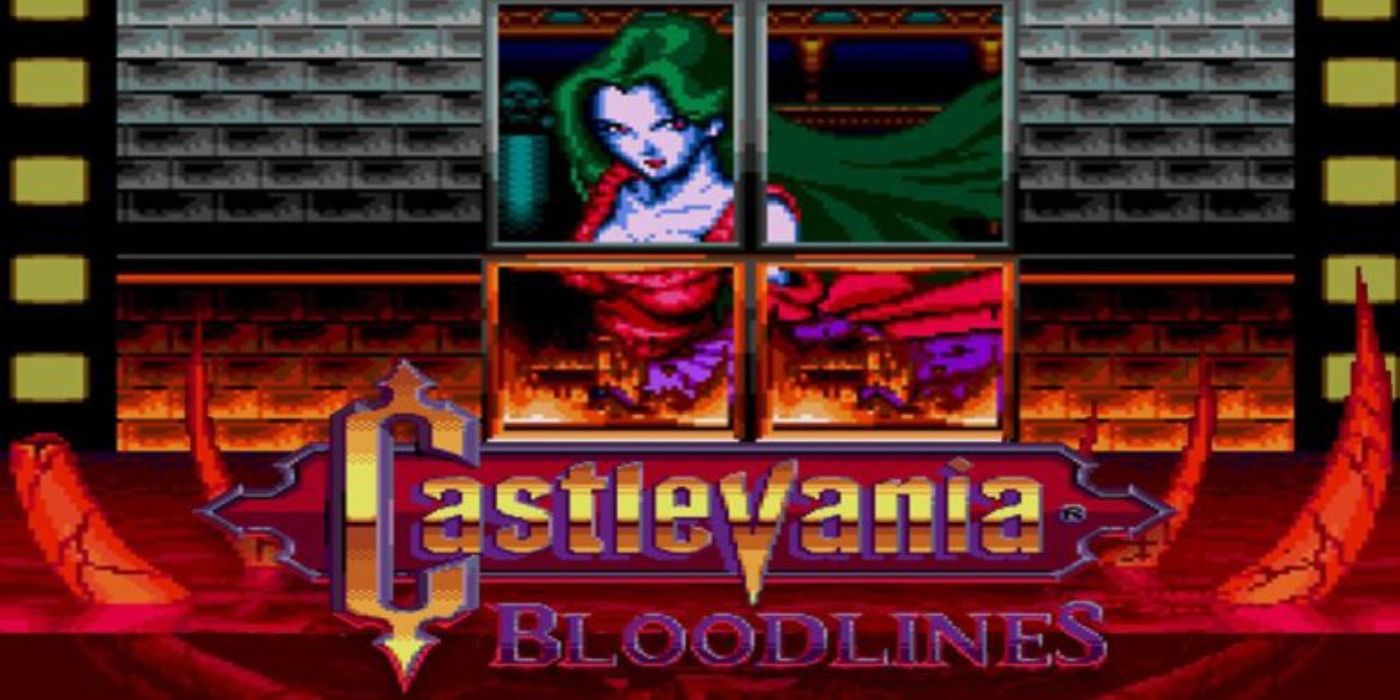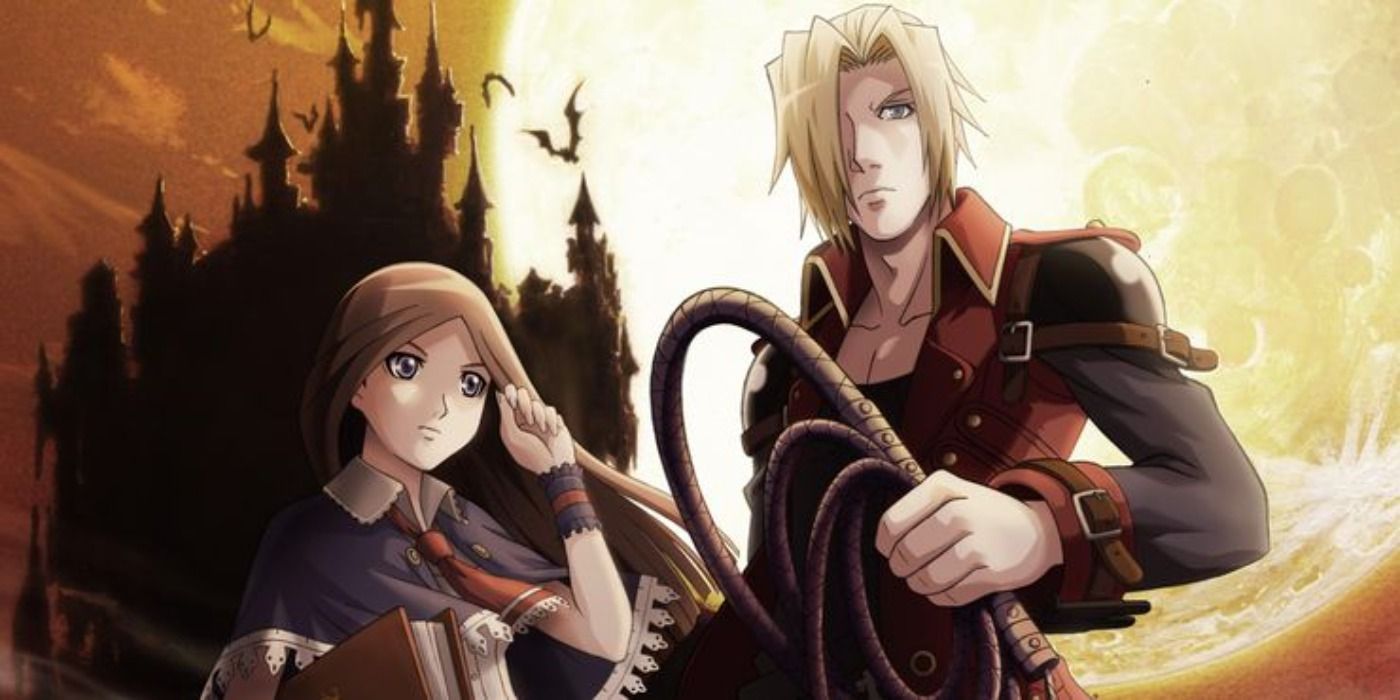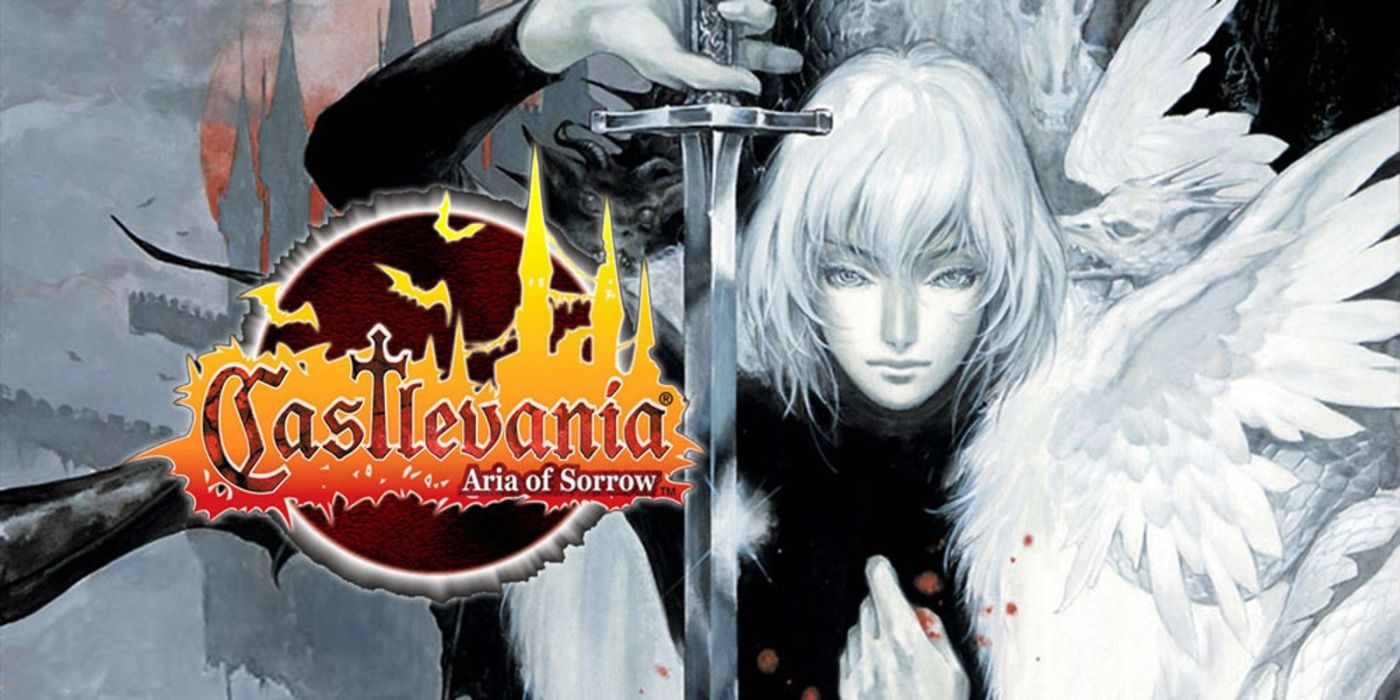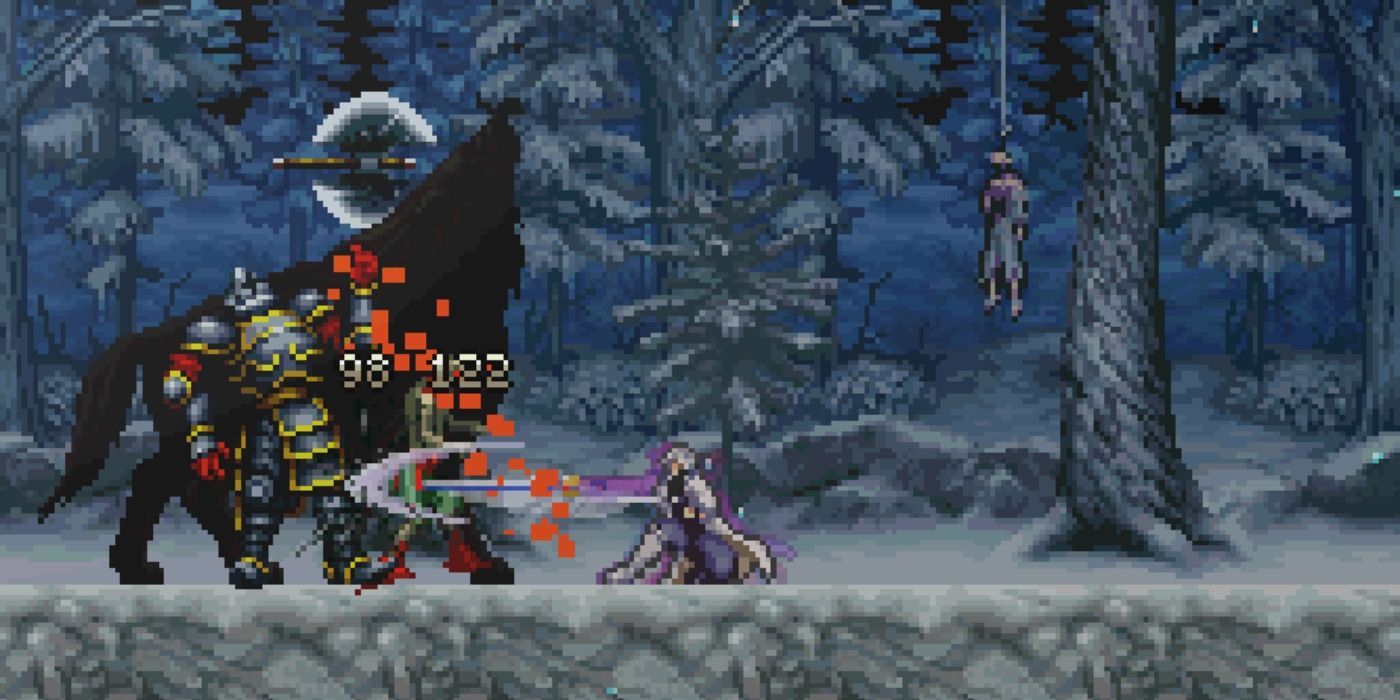Video game franchises that span decades can often get a bit wonky when it comes to timelines. Just ask The Legend of Zelda creators or Hideo Kojima with his Metal Gear Solid games. But Castlevania has a canon timeline that is decently straightforward; it's just that the games all released in random years.
In fact, the upper echelon of Konami's leadership has defined the timeline in that they have rejected some of the games. There are plenty of titles released that are no longer considered part of the canon timeline such as Castlevania: Legends, Castlevania: Circle of the Moon, and even the recent Lords of Shadow series. Fans can read about their stories and timelines on the Castlevania fandom site.
For the purpose of this Castlevania timeline guide, only canon games such as Symphony of the Night and Simon's Quest will be considered. Fans of the Netflix series may also find some familiar faces amongst the entries in this Castlevania games in chronological order list.
Updated February 17, 2022, by Cameron Roy Hall: The Castlevania Netflix anime has come to an end. Fans are searching for any shred of new content related to their favorite vampire hunters, but for now, there's precious little to go on. Since we're in something of a lull, there's really not a better time for newcomers to take on the games. And if any potential fresh faces are like us, they'll want to play the series in accordance with the canonical timeline, and not in the order by which they were released. Here's where to start, and where to go from there.
16 1094 – Castlevania: Lament of Innocence
Platform & Release Year: PS2, PSN (2003, 2004, 2012, 2013)
Plot: The earliest entry in the official timeline is Lament Of Innocence, a game that stars sir Leon Belmont on his quest to rescue his fiancée from a vampire. This entry features not only the origin story of Dracula himself, but also that of the Belmont clan's legendary whip, which was created via human sacrifice.
As the title suggests, Lament Of Innocence's story relies heavily on the theme of loss. Even in victory, the game's hero is steep in suffering, having literally lost everything he holds dear, save for vengeance.
15 1476 – Castlevania 3: Dracula's Curse
Platform & Release Year: NES/Famicom (1989, 1990, 1992)
Plot: In Dracula's Curse, Trevor Belmont must become a vampire hunter to conquer a resurrected Dracula. With the help of Sypha Belnades, Grant DaNasty, and Alucard (read the name backward and then guess who his dad is), Trevor puts Dracula to rest and successfully reinstates the Belmont family as citizens of Romania.
For anyone that thinks the aforementioned plot sounds a little familiar, it's because Castlevania 3: Dracula's Curse was the primary source of inspiration for the Netflix series that ran for four seasons.
14 1479 – Castlevania: Curse of Darkness
Platform & Release Year: PS2 & Xbox (2004, 2005, 2006)
Plot: The third entry into the Castlevania timeline is another character recognizable from the Netflix series. It's none other than the former forge master for Dracula, Hector, who seeks to rid the world of Dracula’s curse.
Hector teams up with Trevor to do just that, as well as take revenge on a former friend named Isaac who burned Hector’s wife. That's definitely a bit different from how fans of the Netflix series know Hector and Isaac.
13 1576 – Castlevania: The Adventure
Platform & Release Year: Game Boy, Game Boy Color, Wii (1989, 1991, 1997, 2000, 2009)
Plot: After a century of slumber, Dracula rises to undead life again as he believes the Belmont clan to be extinct. Christopher Belmont, a member of the decidedly non-extinct vampire hunting clan, challenges and vanquishes him.
The vanquishing doesn't stick, but as Castlevania: The Adventure was created as a prequel to the original game, and both star the same antagonist, it was never going to, not really. That's undead life for you.
12 1591 – Castlevania: Belmont's Revenge
Platform & Release Year: Game Boy & Game Boy Color (1991, 2000)
Plot: Many of the games in the series have the same Belmonts encounter Dracula multiple times, because there's no rest for the weary. As one such game in the series, Belmont's Revenge has Dracula kidnapping Christopher’s son.
Despite having suffered brainwashing at the hands of Dracula and his cult, Christopher works and whips his way toward his opponent's demise and his poor son’s rescue, further proving that Dracula really sucks at kidnapping people.
11 1691 – Castlevania
Platform & Release Year: Famicom, NES, Commodore 64, GameBoy Advance, Mobile (1986, 1987, 1990, 2004)
Plot: The very first game debuted in 1986 and starred Simon Belmont, the great-grandson of Christopher Belmont. He fights against a newly arisen Dracula, who after another century-long sleep, is causing generic mayhem.
As with every other iteration, Simon Belmont manages to defeat Dracula, but not before the vampire lays a curse on the hero, a curse so powerful that an entire sequel would be required to undo its potentially damaging effects.
10 1698 – Castlevania 2: Simon's Quest
Platform & Release Year: Famicom & NES (1987, 1988)
Plot: Dracula’s curse would see Simon die of illness and the only way to undo the curse would be to burn Dracula after resurrecting him.
Of course, the Lord of Darkness knew this, so he had his minions scatter his body parts to make Simon’s task more difficult. He still did it and Dracula resolved to sleep another 100 years so that the Belmont clan would finally die off, a plan that worked brilliantly the last five times.
9 1748 – Castlevania: Harmony of Dissonance
Platform & Release Year: Game Boy Advance (2002)
Plot: Harmony of Dissonance follows Simon’s grandson, Juste, attempting to rescue his kidnapped friend Lydie Erlanger from a strange castle beset by fog. If you guessed that the perpetrator was Dracula, you get a prize.
Along the way, Juste has multiple encounters with another one of his friends, Maxim, whom he slowly realizes is being controlled(ish) by Dracula and another one of his tried and true curses. Although the game features multiple endings, the canonical one sees Juste saving both Lydie and Maxim, leaving Dracula to die alone amongst the main characters.
8 1792 – Castlevania: Rondo of Blood
Platform & Release Year: PC Engine Super CD-Rom, PSP, & PSN (1983, 2007, 2009)
Plot: One of the best-known games in the series, Rondo of Blood finds Richter Belmont trying to rescue his girlfriend, her sister, and some village friends of his, from the immortal (yet constantly defeated) Dracula.
In Rondo of Blood, fans meet Maria for the first time when she vows to become a vampire hunter. While the story is the equivalent of playing a song on repeat for the thirtieth time, Rondo Of Blood marked a notable turning point for the series in terms of gameplay and aesthetics.
7 1797 – Castlevania: Symphony of the Night
Platform & Release Year: PS1, Sega Saturn, Xbox Live Arcade, PSN, PSP, & Mobile (1997, 1998, 2007, 2020)
Plot: Arguably one of the most iconic games in the franchise, Symphony of the Night follows Dracula’s son, Alucard, on his journey through Dracula’s castle. It takes place just four years after Rondo of Blood and shows Alucard rescuing a bespelled Richter, working alongside Maria, and preventing Dracula’s resurrection.
Of course, that's the canonical ending; there are three other endings that players can receive, depending on their level of skill and propensity for excessive exploration.
6 18?? – Castlevania: Order of Ecclesia
Platform & Release Year: Nintendo DS (2008)
Plot: The Belmonts seem to be missing, so other entities take up vampire hunting responsibilities. The “Order of Ecclesia” is one such entity and its members use glyphs to perform magic against evil. The game involves a traitor amongst the Order and a failed ritual to block Dracula’s resurrections.
But psych: the traitor, Albus, just wanted to save Shanoa, the original sacrifice, and the Belmont clan all along. Even by Castlevania standards, the whole ordeal is comically melodramatic.
5 1897 – Bram Stoker’s Dracula
Platform & Release Year: Print Book (1897 published)
Plot: The original story from Bram Stoker documents Dracula’s resurrection in 1897 with Jonathan Harker. And yes – Konami considers this a direct canon story in the Castlevania series. At the end of Symphony of the Night, Richter seemingly passes the task of vampire hunting onto the Morris family.
In Bram Stoker’s Dracula, there is a Quincey Morris who dies helping Jonathan kill Dracula. When playing the Castlevania games in order, it isn't necessary to know this information, but it's a neat factoid.
4 1917 – Castlevania: Bloodlines
Platform & Release Year: Sega Mega Drive/Genesis (1994)
Plot: This game doesn’t directly involve Dracula per se, but rather his niece: Elizabeth Bartley. A witch mistakenly resurrects her and Elizabeth eventually starts the first World War to harvest souls. Long-time friends John Morris (a descendant of Quincey Morris from Bra Stoker's novel) and Eric Lecarde work to stop her and, eventually, Dracula.
As indicated by the inclusion of the first World War, the Castlevania series is implied to take place on our earth, or at least on an earth very similar to ours.
3 1944 – Castlevania: Portrait of Ruin
Platform & Release Year: Nintendo DS (2006)
Plot: Set toward the end of World War II, Portrait of Ruin shows Count Brauner leveraging all the souls of the dead to bring back Dracula’s castle. John Morris’ son, Jonathan, and his friend Charlotte are vampire hunters from America.
The Morris family and the Belmonts are sort of cousins in that one of Trevor Belmont's descendants married into the Morris family. It's a bit unclear. Like many past Belmonts, they fight through the castle. Though not of the Belmont bloodline, Jonathan is able to unlock the Vampire Killer Whip’s potential to slay Dracula.
2 2035 – Castlevania: Aria of Sorrow
Platform & Release Year: Game Boy Advance (2003)
Plot: Playing the Castlevania games in order puts this fan-favorite, Aria of Sorrow, as the penultimate entry. It shows Soma Cruz working alongside Yoko Belnades (descendant of Sypha) and Genya Arikado (probably Alucard) to stop cult leader Graham Jones from assuming the powers of Dracula for himself. Oddly enough, Soma absorbs his soul at the end.
The game is further notable for taking place 36 years after the “Demon Castle Wars” when Julius Belmont thought they ended Dracula’s resurrection cycle once and for all.
1 2036 – Castlevania: Dawn of Sorrow
Platform & Release Year: Nintendo DS (2005)
Plot: Set one year after the events of Aria of Sorrow, this game has Soma challenge cult member Celia who seeks to resurrect Dracula by “freeing” his soul from Soma. With the help of Genya, Yoko, and Julius Belmont, Soma stops Celia from executing her plan.
And, for now, that's the entire canon timeline of the Castlevania series. Based on the density of chronology thus far, any further entries will either take place even further into the future or even further into the past. For our money, we're hoping for futuristic robot-vampires.

